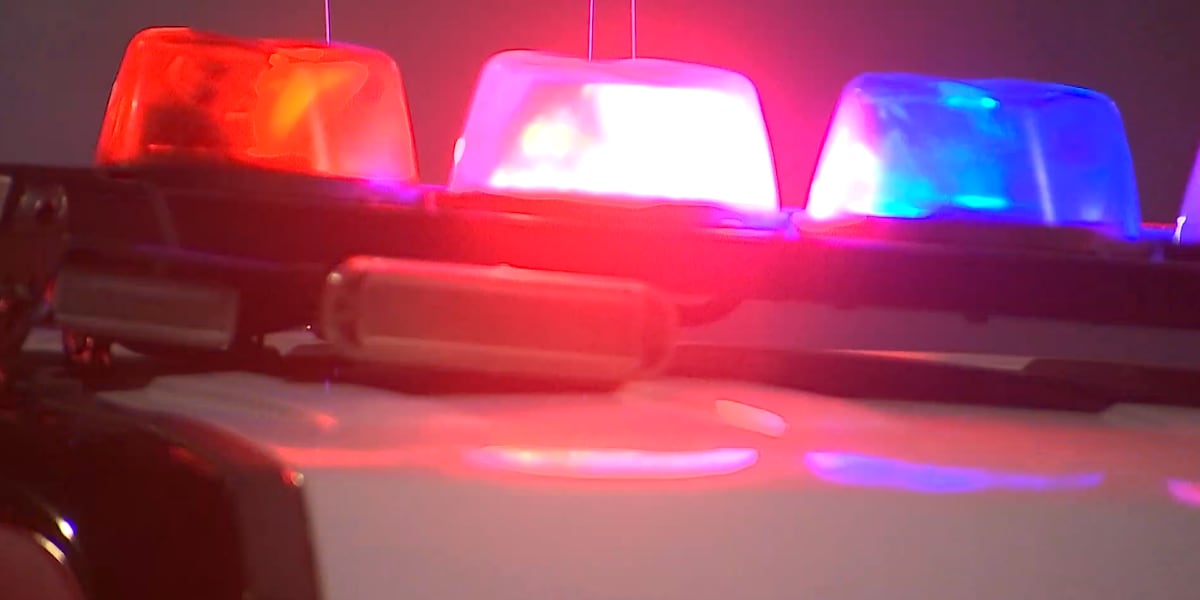LAS VEGAS, Nev. (FOX5) – FOX5 exclusively sat down with the new CEO for the future Campus for Hope, discussing plans and a vision for the 26-acre transitional housing project and addressing residents’ concerns.
FOX5 told you about the $200 million project planned to tackle the Las Vegas Valley homeless crisis: In 2023, lawmakers passed AB528, providing $100 million to social services for the homeless. Las Vegas resort leaders helped spearhead the bill and promised to donate a contribution of around $100 million.
On Tuesday, West Valley neighbors voiced concerns over the project. Many residents worry that the facility will attract more homeless people and bring encampments to the area.
Kim Jefferies, the new CEO of the Campus For Hope, served as the president and CEO of Haven for Hope– the first facility of its kind, based in San Antonio. Other cities across the U.S. look to replicate the model.
A community meeting will be held, very soon, to help inform residents of the forthcoming project, Jefferies said.
Below are parts of the sit-down interview with Jaclyn Schultz.
JACLYN: I’ve been hearing about Haven for Hope for the past two or three years. [Leaders] have been looking to San Antonio as a model to solve the homeless crisis. Why does this model work, and what makes it effective?
KIM JEFFERIES: What makes it effective is, you’re really getting at what led every specific individual– because it’s all different– what led to their homelessness, and how do they overcome that? When you have mental health and behavioral health resources, when you have substance abuse resources, counseling, workforce development, housing, navigation and case management, parent training and ID recovery, and all of these things on one campus, the individuals who are on the campus… get all those resources. They become housing stable. When they leave a campus like this, they don’t need to return to homelessness because they’ve gotten to the root cause of what led to their homeless.
JACLYN: What’s the difference this kind of campus and a shelter?
KIM: A campus like this is completely different. It’s built to look like and mimic a community. It looks like a college campus: you have kind of residential places, places for people, green spaces on the campus. It’s really trying to build that community feeling, so that when people are trying to navigate all of these resources, they have a safe and beautiful environment to really recover from whatever led to their homelessness.
JACLYN: In the meeting a couple nights ago, there were a lot of residents extremely concerned. Some of the comments: ‘What will the area look like five years from now? All the surrounding streets are going to have encampments and tents…’ You’re hearing those kind of concerns. What’s your answer for [those]?
KIM: It’s hard to for people to envision what this is, because there’s not many of them across the country. It’s this beautiful place for the people that are there. We want to create a safe environment for them to recover from homelessness. It’s this beautiful, safe space. It’s not an encampment.
It’s also people who are ready and willing to want to put in the work to recover from homelessness.
It’s single moms. It’s young adults aging out of foster care. It’s different than what people, I think, envision. Now that I’m here, we get the opportunity to have conversations with the community and say, ‘here’s what we’re looking to create, and here’s the people that we’re going to serve.’
The faces of homelessness are just like yours and mine, and I think a lot of people miss that.
JACLYN: Who’s going to be at this campus?
KIM: If those people are ready to recover from homelessness, we’ll accept them. But it’s really people who are ready rebuild their lives. We’ll create a safe environment on the campus, and we’ll do that in the community as well.
In San Antonio, one of the things we did was make sure that, around the perimeter, we have safety and security on the campus. We also made sure we were good neighbors. What value can we bring to the neighborhood as well? What services can we bring? What security and safety can we bring into the neighborhood, and how do we be good neighbors? How can we do things for people in the community as well, that need help in their own individual homes or residences?
JACLYN: This isn’t a facility where somebody can just come off the street and say, ‘I need a bed, I need a room?’
KIM: No. How this will work is, they’ll go through the navigation centers… they’ll assess who are the individuals that are ready, and people are going to have to say, ‘I’m ready to do the work and to put in the work to to to get a job, to learn a new skill, to do the things I need to do to, to recover from homelessness and rebuild my life,’ and go on to be successful, self-sustaining individuals and citizens of our community.
Copyright 2025 KVVU. All rights reserved.





